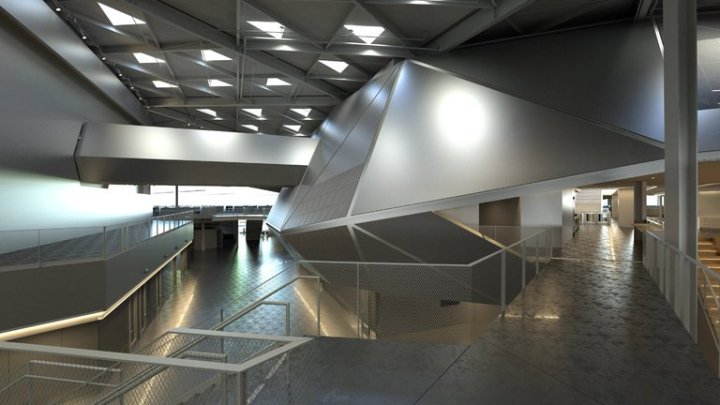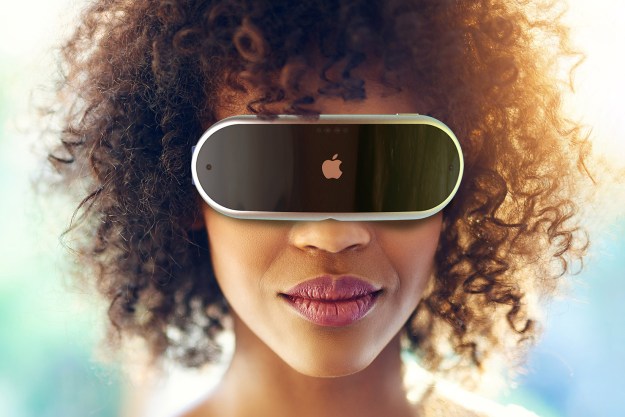
The $380 million building is scheduled to open in late 2017. The tools that are in some respects reinventing commercial construction design are Nvidia’s Graphics Processing Units (GPUs), the company’s interactive rendering software called Iray that works with the GPUs, and virtual reality headsets such as those built by HTC.
Last year, without VR headsets, there was no way designers could have taken the virtual walkthroughs possible with the Iray 3D renderings from Nvidia’s GPUs. But now they can, and the project design firm Gensler is delighted. “I was pretty much like a kid in the candy store when they first gave me access to a cluster of processors running Iray,” said Gensler visualization artist Scott DeWoody. “I stayed up until three in the morning.”
Iray can control all aspects of the design simulation, down to the surfaces and colors in the building. A key to the new Nvidia headquarters design is light. In keeping with Nvidia’s focus on light and visualization, the building design includes triangle-shaped skylights scattered across the roof. The skylights are not just randomly placed, but strategically positioned to take advantage of natural light.
As part of the design process, Nvidia employed more than 100 GPUs to track every beam of light that entered the building around the clock from every direction. “We simulated every light beam for every hour of the day for every day of the year,” said Jen-Hsun Huang, Nvidia co-founder and chief executive. That simulation allowed designers to observe the effect of light in all parts of the building and make and test design changes when necessary. Moving through the building design with the virtual reality headsets revealed aspects that would have been much more difficult — if not impossible, to see with two-dimensional renderings.
When Nvidia’s new headquarters opens next year, many of the walls will be movable for reconfiguration based on needs. There will be no executive suite, which is reflective of the company’s intentionally flat corporate hierarchy. The headquarters design project will be good practice for a second building already on the drawing board.
Editors' Recommendations
- This new VR headset beats the Vision Pro in one key way and is half the price
- Watch Apple’s new ‘Get Ready’ ad for its Vision Pro headset
- Apple’s secret VR headset just leaked an ingenious idea
- Here’s why Apple’s VR headset may become an ‘expensive flop’
- I streamlined my PC VR setup, and now I use it more than ever




